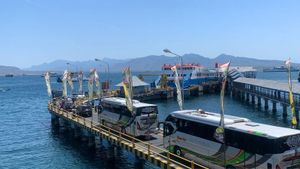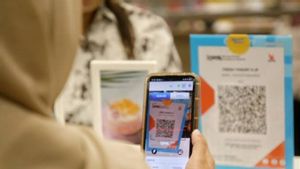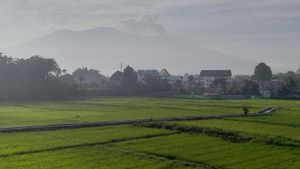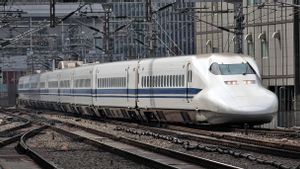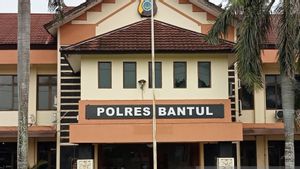JAKARTA - Android Auto, Google's mobile interface application for Android, received a new, more flexible design at the Google I/O event.
Previously, Android Auto had a pretty stiff screen aspect and couldn't handle things like large vertical car screens.
But now, Google says the app's interface has been built to adapt to any screen size thanks to a new panel design.
"There are three main functions that drivers prioritize in their cars, (namely) navigation, media, and communication. The new Android Auto design places each of these interfaces on its own panel," said Google.
Google Maps being the largest, the main panel, media and communication panels are stacked next to each other, and there is a status bar or navigation combo. To accommodate millions of different screen sizes, it can be arranged in whatever orientation fits best in the car.
The company standardized split-screen display across all devices so that users could view directions, music, and text at the same time. That means, users can quickly pause songs or view new messages without having to navigate through multiple menus and settings.
One example, close to the current Android Auto configuration, shows a combo bar oriented vertically to the side of the screen, followed by a vertical stack of messages and media panels, then a large Google Maps panel.
Another of the more vertical screen designs shows a large Google Maps pane above the messages and media panes, with a combo bar at the bottom.
Meanwhile, for improved hands-free control, Google Assistant is better featured for things like replying to missed calls, sending SMS on arrival times, and more.
Finally, for car owners with Android Automotive-based systems (such as new vehicles from Ford, Volvo, and others), Google is expanding those in-car entertainment options with broader support for video streaming apps.
Earlier this year at CES, Google announced the ability to stream videos from YouTube, and now Tubi TV and Epix Now apps are about to be added.
In the future, the company states they also have plans to let passengers move content from their phones to their vehicle's built-in screens, although there's no definite time yet when that will be available.
The English, Chinese, Japanese, Arabic, and French versions are automatically generated by the AI. So there may still be inaccuracies in translating, please always see Indonesian as our main language. (system supported by DigitalSiber.id)




